
-
Find the right food for your petTake this quiz to see which food may be the best for your furry friend.Find the right food for your petTake this quiz to see which food may be the best for your furry friend.Featured products
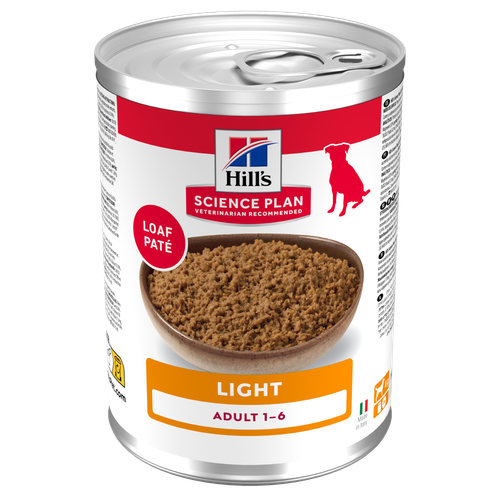 Adult Light Dog Food
Adult Light Dog FoodHill's Science Plan Light Adult Wet Dog Food is a complete premium pet food for adult dogs that tend to gain weight easily. This deliciously smooth loaf is formulated to deliver the appropriate amount of energy to support weight maintenance in adult dogs.
Shop Now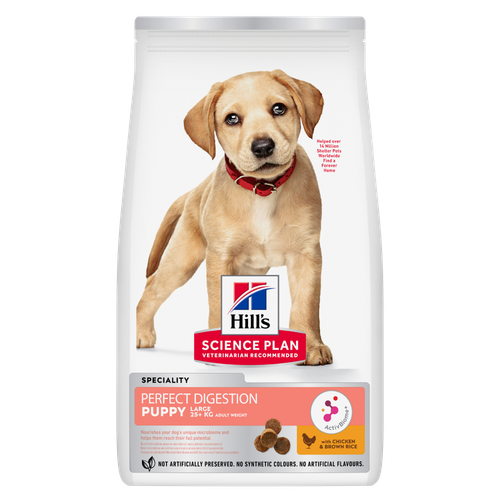 Perfect Digestion Large Breed Puppy Food
Perfect Digestion Large Breed Puppy FoodPrecisely balanced nutrition with Hill's ActivBiome+ prebiotic blend actively contributes to supporting digestive health and overall wellbeing to help your pet feel their best
Shop Now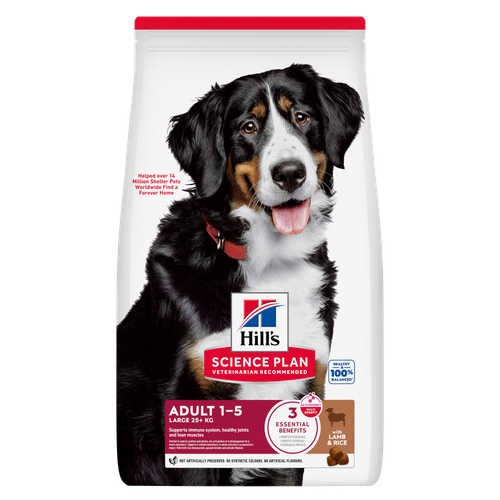 Large Breed Adult Dog Food
Large Breed Adult Dog FoodHill's Science Plan Large Breed Adult Dog Food with Lamb & Rice is a complete pet food, specially formulated with ActivBiome+ Multi-Benefit Technology.
This food is specifically designed to fuel the energy needs of large breed dogs during the prime of their life.Shop NowFeatured products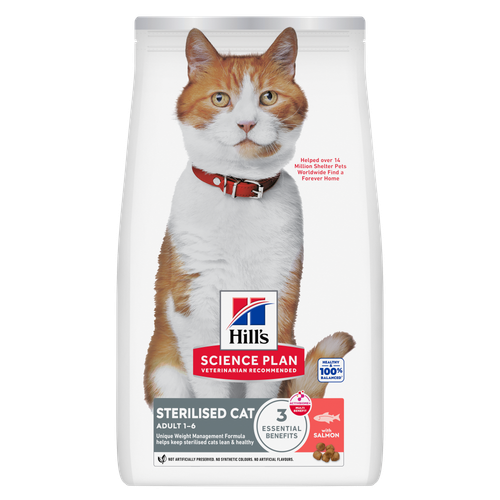 Sterilised Adult Cat Food
Sterilised Adult Cat FoodHill's Science Plan Adult Sterilised Cat Dry Food with Salmon is specially formulated with ActivBiome+ Multi-Benefit Technology. It is a precisely balanced nutrition, tailored to meet the needs of sterilised cats, to help keep sthem lean & healthy.
Shop Now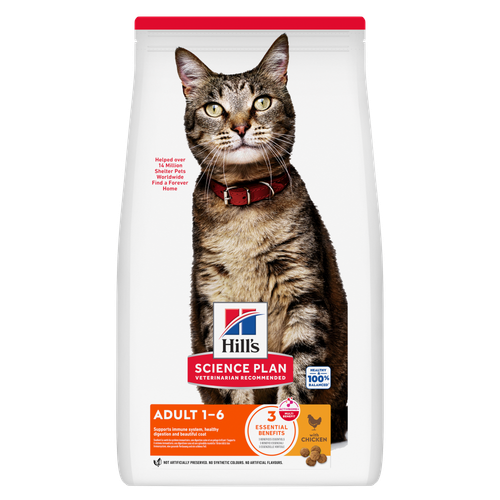 Adult Cat Food
Adult Cat FoodHill's Science Plan Adult Cat Food with Chicken is a complete pet food, specially formulated with ActivBiome+ Multi-Benefit Technology.
This food is specially formulated to fuel the energy needs of cats during the prime of their life.Shop Now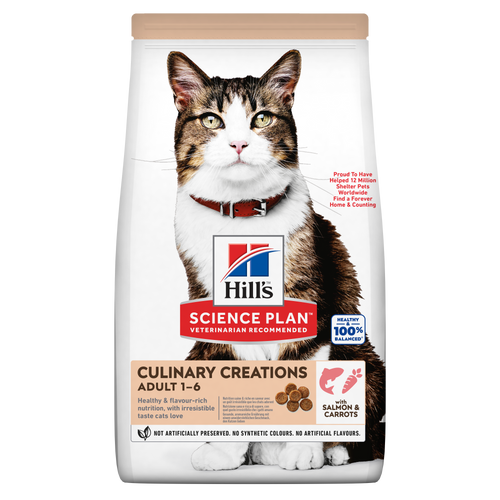 CULINARY CREATIONS ADULT CAT FOOD
CULINARY CREATIONS ADULT CAT FOODHill's Science Plan CULINARY CREATIONS Adult cat food with Salmon & Carrots was formulated to provide a great-tasting experience to cats. Its delicious flavour and texture are combine with essential nutrients to support cats' optimal health during the prime time of their life. Specially formulated with high-quality salmon protein, essential taurine for heart health & balanced minerals to support kidneys & bladder.
Shop Now -
Dog
- Dog Tips & Articles
-
Health Category
- Weight
- Food & Environmental Sensitivities
- Urinary
- Digestive
- Joint
- Kidney
-
Life Stage
- Puppy Nutrition
- Adult Nutrition
- Senior Nutrition
Cat- Cat Tips & Articles
-
Health Category
- Weight
- Skin & Food Sensitivities
- Urinary
- Digestive
- Kidney
-
Life Stage
- Kitten Nutrition
- Adult Nutrition
Featured articles The Incredible Science Behind Your Pet's Microbiome
The Incredible Science Behind Your Pet's MicrobiomeLearn what your pet's microbiome is, how it contributes to your pet's gut and overall health, and why nutrition is important in maintaining healthy microbiomes.
Read More Pet Nutrition: What Makes "Healthy" Pet Food Healthy? | Hill's Pet
Pet Nutrition: What Makes "Healthy" Pet Food Healthy? | Hill's PetIn people, the right diet is very important. If you are eating the wrong way for your metabolism, activity level, age and lifestyle you could end up with health issues.
Read More Microchipping: The Facts | Hill's Pet
Microchipping: The Facts | Hill's PetThe government has announced that as of April 2016, all dogs in the UK must be microchipped by law.
Read More -


Lots of pets suffer from upset tummies from time to time. While the specific details sometimes don’t make pleasant reading, it’s important that you know what to expect.
Check Out the Signs
If you hear a pet making sounds as if it is about to be sick, act quickly to avoid a carpet emergency by giving the pet immediate access to somewhere that is easier to clean up. Similarly a dog whining at the door or a cat scratching at the door to be let out may be suffering from loose motions and may not have the same control over their bowels that they normally do. Some pets can seem restless, pacing around and may even start digging holes if they have pain in their abdomen, or they may just curl up and look miserable. Other signs to be on the lookout for include weight loss, changes in appetite, flatulence, a gurgling stomach or straining while passing a motion.
What’s the Trigger?
Most of the time stomach upsets are caused by pets over eating, eating the wrong kind of food (such as spoiled food), eating something that they have a reaction to, or bolting their food. With a little help, most pets get over these kinds of upsets relatively quickly, so do ask your vet for advice at an early stage.
Some pets though have more long lasting disorders that never seem to fully resolve, or that flare up at various times. A vet will usually need to perform various tests to establish the cause of tummy troubles that are more long lasting. Keep a diary of when the pet has problems, the signs they show and what they ate in the days leading up to an episode to help establish a diagnosis.


Tasty Tips
Top Tips
- If your pet is suffering from vomiting or diarrhoea, remove access to food and give only small sips of water for 24 hours.
- If the pet seems unwell, continues to vomit or has blood in the vomit or diarrhoea, contact your vet.
- If the vomiting and diarrhoea settles after 24 hours, ask your vet about offering small amounts of highly digestible pet food. Hill’s™ Prescription Diet™ i/d™ pet food, available from veterinary practices, is often recommended for pets.
- Continue feeding the recommended pet food for around 5 days, or as directed by your vet.
- Slowly add some of the pet’s normal food, gradually increase the amount and reduce the amount of the Prescription Diet™ over the next 7 days, until the pet is being fed normally.
Always seek the advice of your vet if you are concerned about the health of your pet.


One of our staff authors prepared this article for you
Related products

Precisely balanced nutrition with Hill's ActivBiome+ prebiotic blend actively contributes to supporting digestive health and overall wellbeing to help your pet feel their best

Hill's Science Plan Large Breed Adult Dog Food with Lamb & Rice is a complete pet food, specially formulated with ActivBiome+ Multi-Benefit Technology.
This food is specifically designed to fuel the energy needs of large breed dogs during the prime of their life.
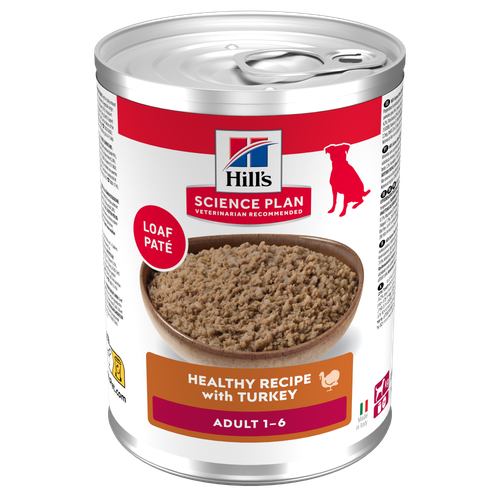
Hill's Science Plan Adult Wet Dog Food with Turkey is a complete premium pet food for adult dogs from 1 year. This deliciously smooth minced turkey loaf is formulated to deliver the appropriate amount of energy to support the needs of adult dogs.

Hill's Science Plan Light Adult Wet Dog Food is a complete premium pet food for adult dogs that tend to gain weight easily. This deliciously smooth loaf is formulated to deliver the appropriate amount of energy to support weight maintenance in adult dogs.
Related articles

Because of their little and darling – or small and scrappy – stature, they are experts at inspiring the most coddling. They can especially excel at eliciting more treats out of their owners.

Dog obesity is a significant problem - learn more about helping your dog become trimmer and healthier through improved nutrition.
Discover the causes, signs, and treatments of kidney disease in dogs and find methods of supporting your dog's kidney health. Learn more at Hill's Pet.

Gurgling tummies in turmoil are not good news for pets. Owners who have to clean up the unfortunate consequences, digestive problems are one of the rare downsides to owning a pet.

Put your dog on a diet without them knowing
Our low calorie formula helps you control your dog's weight. It's packed with high-quality protein for building lean muscles, and made with purposeful ingredients for a flavourful, nutritious meal. Clinically proven antioxidants, Vitamin C+E, help promote a healthy immune system.
Put your dog on a diet without them knowing
Our low calorie formula helps you control your dog's weight. It's packed with high-quality protein for building lean muscles, and made with purposeful ingredients for a flavourful, nutritious meal. Clinically proven antioxidants, Vitamin C+E, help promote a healthy immune system.

